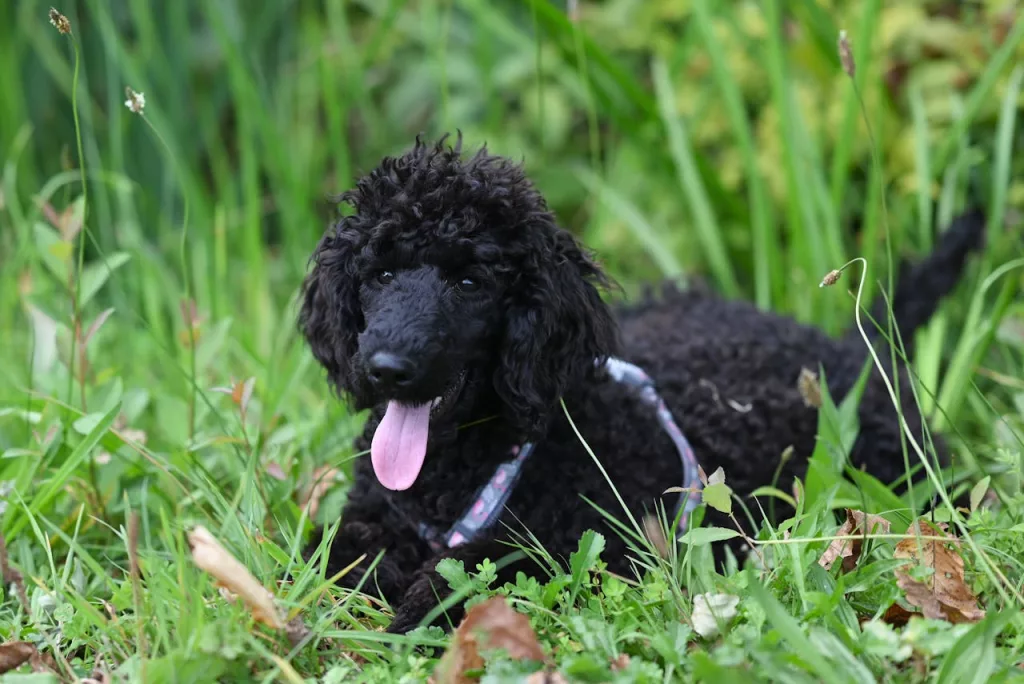Pet anxiety is more common than many people realize. Just like humans, animals can experience fear, stress, and unease in response to certain situations. Whether it’s thunderstorms, separation, new environments, or loud noises, anxiety can affect a pet’s behavior and quality of life. The good news is there are ways to recognize the signs and help them feel safe and supported.
1. Recognize the Signs of Anxiety
The first step in helping an anxious pet is knowing what to look for. Anxiety doesn’t always show up in obvious ways. Some pets become hyperactive or destructive, while others withdraw or become unusually clingy.
Common symptoms: Excessive barking or meowing, pacing, shaking, hiding, drooling, chewing furniture, peeing indoors despite being trained, or refusing to eat. If these behaviors occur during specific events—like when you leave the house or during fireworks—it’s likely anxiety-driven.
2. Identify the Triggers
Not all anxiety comes from the same source. Some pets fear loud noises, while others suffer from separation anxiety or feel overwhelmed by changes in routine or environment. Identifying what sets your pet off is crucial to finding a solution.
What to do: Keep a log of when your pet shows signs of stress. This can help you find patterns and isolate the cause, whether it’s a certain time of day, a sound, or a specific situation.
3. Create a Safe, Predictable Environment
Pets thrive on routine and stability. Unpredictable changes or chaotic environments can worsen anxiety. A consistent routine helps them feel more secure.
How to help: Feed them, walk them, and play with them around the same time every day. Provide a safe space—like a cozy crate or quiet room—where they can retreat when feeling overwhelmed. Make it a place they associate with calm, not punishment.
4. Use Calming Tools and Techniques
There are many calming aids designed to help anxious pets feel more at ease. These include pheromone diffusers, anxiety wraps, calming music, and even natural supplements.
Try this: Use a calming pheromone diffuser in the areas where your pet spends the most time. During stressful events like fireworks or vet visits, wrap your pet in an anxiety vest or play soft music to create a soothing environment.
5. Train and Desensitize Gradually
With patience and consistency, you can help reduce anxiety by exposing your pet to their triggers in a controlled, gradual way. This process, called desensitization, teaches your pet that the trigger doesn’t have to be scary.
Start small: If your dog fears being left alone, practice leaving for short periods, then gradually increase the time. Reward calm behavior with treats and affection. Never punish anxious behavior—it only makes things worse.
Conclusion
Pet anxiety is real, but it’s also manageable with the right approach. By recognizing the signs, identifying triggers, maintaining routines, using calming tools, and applying gentle training, you can help your pet feel safer and more confident. It takes time and patience, but your support makes all the difference.

